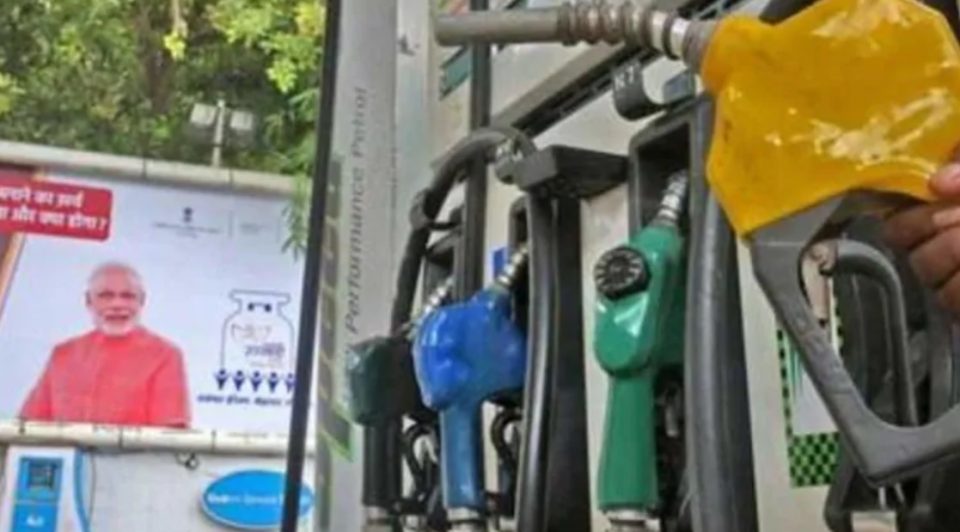
Is RBI staring at an impossible economic 'trilemma?'

The skyrocketing prices of essential commodities and fuel have hit people so badly that many are at their wit’s end and finding it difficult to run their families with limited incomes. Given there are few issues more politically sensitive in India than inflation or rising prices, the Reserve Bank of India (RBI)’s decision to remain accommodative in its monetary policy and not raise interest rates has raised questions.
The RBI has stuck to its stance of not disturbing growth just yet saying while there is robust growth in some sectors, it is uneven across sectors. But a sustained price rise without growth in aggregate demand will hit the economy harder. The RBI’s stance comes at a time when most emerging economies have increased interest rates in the post-pandemic world.
Also read: Retail inflation eases to 4.35% in September, food prices ease
“We have… decided to remain accommodative in our monetary policy, while being closely watchful of the evolving inflation scenario,” RBI governor Shaktikanta Das said on Thursday in his address at the annual meeting of the International Monetary Fund and the World Bank.
RBI’s trilemma moment
Mundell and Fleming proposed an impossible trilemma in economics. Their model states that a country can have only two of the three following conditions:
1) Free foreign exchange flow
2) Sovereign monetary flow
3) A fixed and stable exchange rate
The falling rupee and rising yields past RBI monetary policy can be explained in the following manner. India has an open capital account, albeit with minor restrictions. World over emerging economies such as Brazil, Russia, Poland, New Zealand, among others have been increasing interest rates. Norway, which is a developed economy, has also raised interest rates.
Moreover, Germany, a country that had been on the brink of deflation for many years, saw the most significant inflation of 4 per cent in over three decades. The Bank of England has moved quickly to taper the bond-buying programme and is expected to increase rates. Even the US Federal Reserve has indicated that it will begin tapering from November. The US’ 10-year treasury yields have crossed 1.5 per cent to settle at 1.6 per cent.
However, the RBI’s official Consumer Price Index (CPI) numbers have hovered around 6 per cent for some time now, while the Wholesale Price Index has been in double-digits for four months in a row.
Fuel and food inflation are going through the roof. Steel and metal prices are continuously rising. Automobile companies and consumer durable manufacturers are passing on the costs to the consumer. The RBI has ignored these pressures while formulating prices.
Increasing global demand post-pandemic has pushed crude prices to a multi-year high. The Indian government has been passing on this rise to the consumer instead of cutting usurious taxes. The RBI taking a dovish stance in the face of such overwhelming evidence puts the economy in a precarious position.
Also read: Keep an eye on your bank FD – it will fetch negative interest
Additionally, the RBI has chosen to operate autonomously, ignoring the rest of the world’s monetary policy of raising rates. The RBI has also decided to keep the free flow of capital. Therefore, according to the principle of the impossible trilemma, they have very little control over their exchange rate.
The RBI should be prepared to meet a run by foreign investors when the US decides to taper its quantitative easing. A massive depreciation of rupee against dollar would occur in such a situation. This means that the import industry and the general price level will suffer due to price rises of crude and other import goods.
A sustained increase in prices (inflation) without growth in aggregate demand will lead to the stagflation of the Indian economy. This will cause the RBI to eventually raise interest rates, either way, to curb this standstill, but it will end up being more painful. It is also important to note that regardless of the RBI’s extraordinary efforts to control the G-SEC yield curve, the rates on 10-year maturity bonds are increasing, and there is an evident upward pressure.
The trilemma tells us that despite the RBI’s greatest efforts to control the forex market, it is impossible if it continues to favour independent monetary policy and free capital flow. This theory has been proven in practice, with the rupee depreciating by over 2 per cent in the past month (September-October).
The RBI needs to tighten monetary policy and ensure that the ravages of inflation do not get entrenched (in the assumption that it has not already done so). A rise in rates would strengthen the rupee, cause imports to become cheaper, and bring down the crude price. More importantly, it will ensure that prices come under control, but it will slow down the economy. The recovery we see now is K-shaped, and the wealth distribution is uneven, disproportionately favoring the upper class over the rest.


